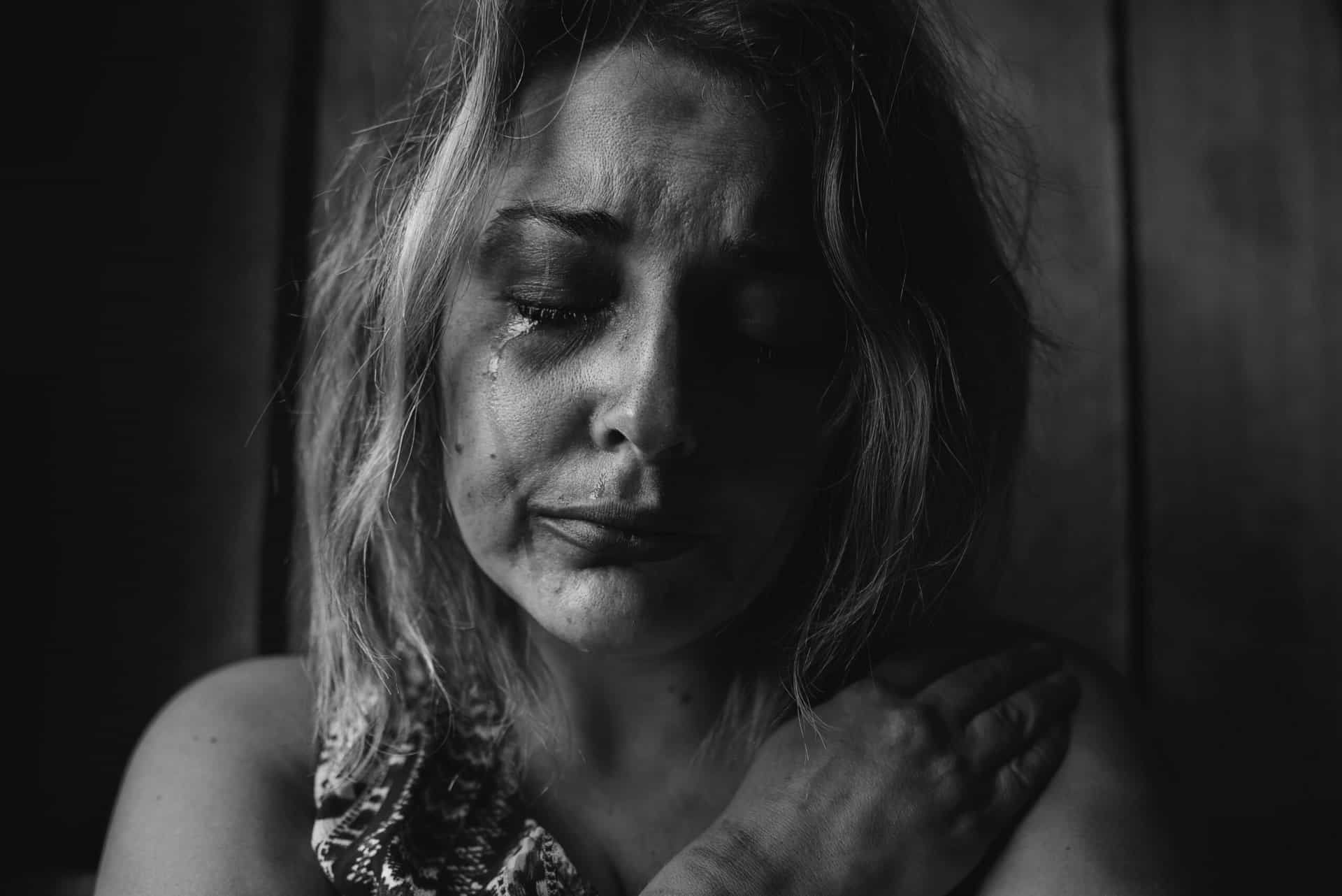One of the greatest connectors of all humans is the shared experience of trauma. While the form and severity may vary, the reality is that we all possess it. Many people do not identify with their own trauma, mistakenly believing that trauma is only used to describe those who have experienced a catastrophic event like war or a natural disaster. They may hear the word and think of it as it relates to others, unaware of the fact that they themselves are included in that group. But, given the numerous ways trauma can occur, it is nearly impossible to escape it over the course of a lifetime.
In America alone, nearly 35 million children experience some form of trauma before they reach the age of 17. According to a study conducted by the Centers for Disease Control and Prevention, trauma has a serious impact on the outcome of one’s life, particularly their emotional and physical well-being. So detrimental, in fact, that it has been found to have the potential to lower the lifespan by 20 years.
But what exactly is trauma?
Trauma is our emotional response to a devastating event. The event can be a single incident or repetitive over a period of time. Type I trauma refers to those that are isolated and often unexpected or shocking. This can be anything from being the victim of an assault, robbery, disease or accident, to experiencing childbirth or the loss of a loved one. Type II trauma is more pervasive, complex, and frequently occurs during our early developmental stages. It also tends to relate to interpersonal relationships, especially one that may cause feelings of being trapped emotionally or physically. This may include domestic violence, emotional or physical abuse, neglect, abandonment, accidents, sexual abuse, bullying, strict parenting, etc. Simply bearing witness to such events can create trauma.
Typical reactions to trauma may include exhaustion, confusion, sadness, anxiety, agitation, numbness, dissociation, confusion, physical arousal, and blunted expression. It is very difficult to predict how one will respond to their personal experience. Some develop symptoms of PTSD or may block memories of the event(s) altogether. And regardless of what we may or may not remember, many of our unhealthy behaviors are really just automatic responses to past traumas.
Though we may not be able to live a full life completely free of traumatic experiences, we can absolutely heal from them.
EMDR is amongst the world’s most celebrated trauma therapies. Eye Movement Desensitization and Reprocessing is a psychotherapy that uses repetitive eye movements to interrupt and re-pattern some of the trauma-related memories you have. It essentially reconnects us to our trauma, but in a new and emotionally safe way. Reiki, an ancient Japanese tradition, utilizes “universal energy” to promote emotional and physical healing in victims of trauma. It is becoming more widely accepted as a dominant therapy for trauma and is even used by governmental agencies for treating soldiers with PTSD.
Massage and human touch, in a safe and protected environment, can release emotional pain and past trauma. This is particularly effective for healing given the tremendous amount of stress that our muscles and internal organs take on when we experience negative life events. Though we may not be able to choose how or when trauma shows up in our life, we do have the power to heal from it.
Written by: Aubrey Koel, LCPC

